Jongno Myeongtaedeokjang (종로명태덕장)
5.8Km 2021-03-20
9, Supyo-ro, 20-gil, Jongno-gu, Seoul
+82-2-771-9201
A restaurant tucked away in Jongno where you can eat spicy braised fish. This restaurant's signature menu is braised pollack. This Korean dishes restaurant is located in Jongno-gu, Seoul.
LG Best Shop - Bulgwang Main Branch [Tax Refund Shop] (엘지베스트샵 불광 본점)
5.8Km 2024-04-18
41, Bulgwang-ro, Eunpyeong-gu, Seoul
-
Darakjeong (다락정)
5.8Km 2021-03-26
131-1, Samcheong-ro, Jongno-gu, Seoul
+82-2-725-1697
Darakjeong has been popular for a long time because of the simple taste of its traditional Mandu (Korean stuffed dumpling). Since its opening in 1991, tasty soup and scrumptious Mandu have been served. A fist-sized Mandu is fully packed with seasoned meat, bean-curd, and various vegetables. Its thick dough makes it chewy and delightful. For one person, “Manduguk”(boiled dumpling soup) is a good choice. The delicious and nourishing taste of Mandu goes well with the sweet, spicy, and fresh taste of the soup. Manduguk is served in a brass bowl which keeps the food warm while eating. For a large-size group, “Mandujeongol” cooked with various vegetables in a casserole is recommended. There are two types of Mandujeongol that have different tastes. The main characteristic of “Kimchi Mandujeongol” is its spicy flavor, which reminds people of the refreshing taste of Kimchi soup, and “Tojang Mandujeongol” expounds on the savory taste of bean-paste soup. Tojang means folk soybean-paste. “Nokdujeon”(a Korean pan-fried dish with green mung bean) is another famous dish at Darakjeong, which is pan-fried with a very light seasoning to emphasize the original taste of Nokdu (green mung bean). Salted oysters with hot pepper are served with Nokdujeon instead of soy sauce, which is a perfect match.
Gillimseong (길림성)
5.8Km 2021-03-25
184, Singil-ro, Yeongdeungpo-gu, Seoul
+82-2-846-4661
A place where you can enjoy various Chinese dishes. This Chinese (cuisine) restaurant is located in Yeongdeungpo-gu, Seoul. The most famous menu is spicy seafood noodle soup.
Chuseok Agricultural Specialty Products Seoul Market (추석 농수특산물 서울장터)
5.8Km 2024-09-04
12 Eulji-ro 11-gil, Jung-gu, Seoul
+82-2-2133-6658
Chuseok Agricultural Specialty Products Seoul Market is held at Seoul Plaza, providing Seoulites with the opportunity to purchase high-quality agricultural specialty products from across the nation in one location.
Hwaro heukdondon (화로흑돈돈)
5.8Km 2021-03-20
34, Donhwamun-ro, 5-gil, Jongno-gu, Seoul
+82-2-3675-0191
A place that’s popular among workers for group dinners. This restaurant's signature menu is grilled skin-on pork belly. This Korean dishes restaurant is located in Jongno-gu, Seoul.
GS25 - Junggu Toegye Branch [Tax Refund Shop] (GS25중구퇴계점)
5.8Km 2024-06-27
180, Toegye-ro, Jung-gu, Seoul
-
Cheongwonsanbang Studio (청원산방)
5.8Km 2019-10-02
27, Bukchon-ro 6-gil, Jongno-gu, Seoul
+82-2-715-3342
Located in Samcheong-dong and established in 1981, Cheongwonsanbang Studio is an art studio by Sim Yong-sik (Intangible Cultural Property designated by City of Seoul). He works on various traditional windows and doors with his students, promoting them in Korea and other countries. Doors and windows with beautiful patterns are all over the place in this studio: doors that can hang against a wall, windows decorated with cherry blossoms, comb-patterned windows and so many more. Visitors can also enjoy beautiful crafts in various exhibition events.
Dong-Lim Knot Museum (동림매듭박물관)
5.8Km 2021-12-21
10, Bukchon-ro 12-gil, Jongno-gu, Seoul
+82-2-3673-2778
Opened in April 2004, Dong-Lim Knot Museum exhibits a variety of decorative traditional Korean maedeup (knots): norigae for hanbok, belts, pouches, as well as materials like thread, cord, and accessories. Housed in a hanok, a traditional Korean house, the gallery has a variety of exhibits, including old and new artwork, and creations that reflect modern trends.
Tteulan Teahouse (뜰안)
5.8Km 2024-12-10
Tteulan Teahouse is a cafe that really allows one to feel the tradition and flair of Korea. Tteulan has two entrances: one facing the wide alley and the other facing the smaller one. The smaller entrance is decorated like a garden, so it feels as if one is stepping into a land of fairy-tales. The café has a floor seating tables with traditional items like gadari soban (a table with legs that curve like a dog's legs), and jogakbo (a textile woven from several pieces of scrap cloth), all of which add to the traditional Korean aesthetic. The menu features ssanghwacha (medicinal herb tea known to help the immune system), a favorite among middle-aged and elderly Koreans; omija tea (omija is a tart berry that grows in East Asia known to be good for lung and bronchial health and boosts immunity); citrus tea (usually made with yuzu which is rich in vitamin C and said to help mitigate fatigue); and pour-over coffee. Traditional desserts include mugwort rice cake (rice cake with mugwort added for herbal flavor, best enjoyed with malt syrup), pumpkin rice cake, and roasted grain powder (a nutritious beverage made with a variety of powdered grain). It can be hard to find seating in the afternoon, so visitors are advised to avoid these hours if they seek to enjoy their drink in peace.

![LG Best Shop - Bulgwang Main Branch [Tax Refund Shop] (엘지베스트샵 불광 본점)](http://tong.visitkorea.or.kr/cms/resource/77/2890377_image2_1.jpg)

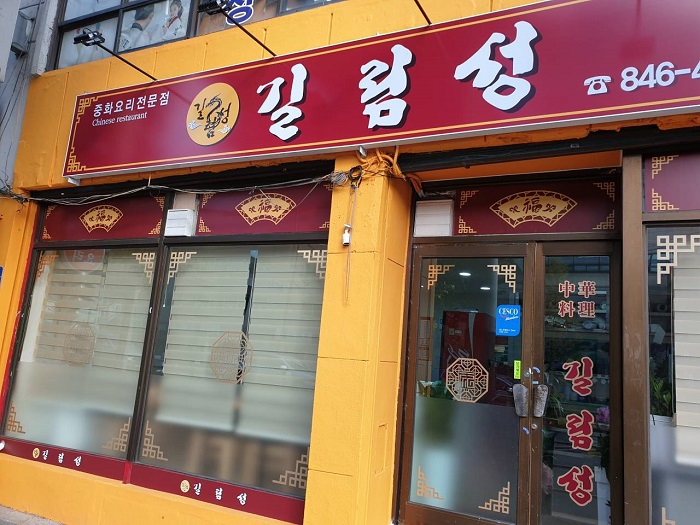
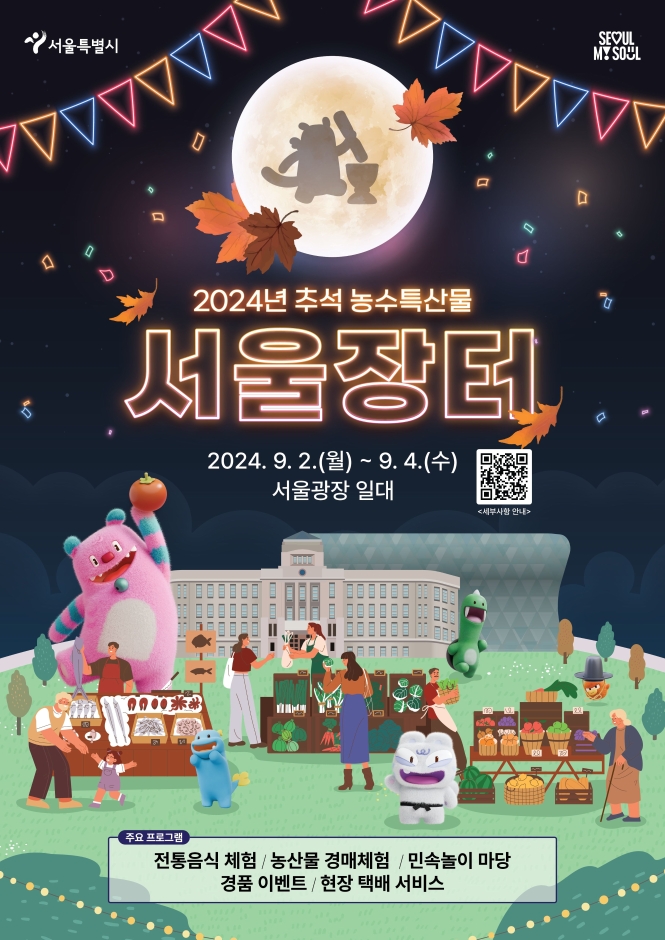
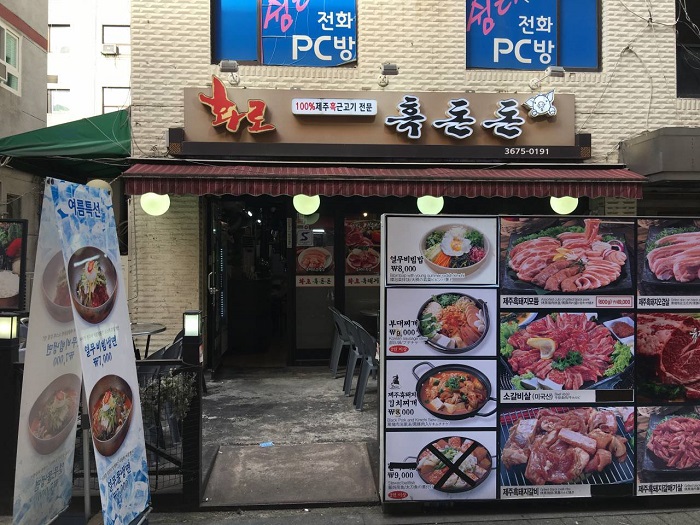

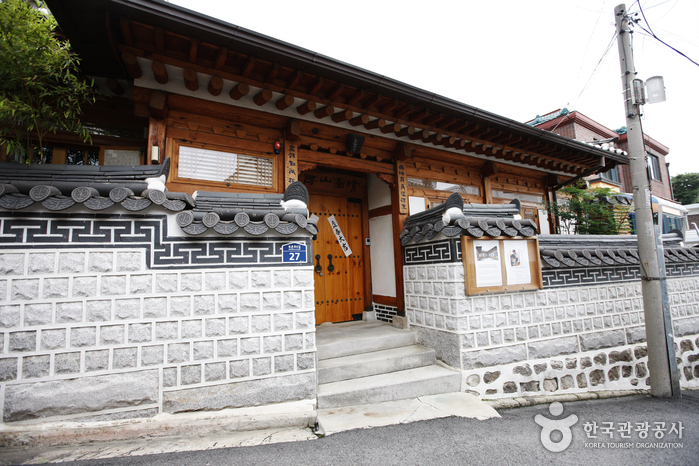
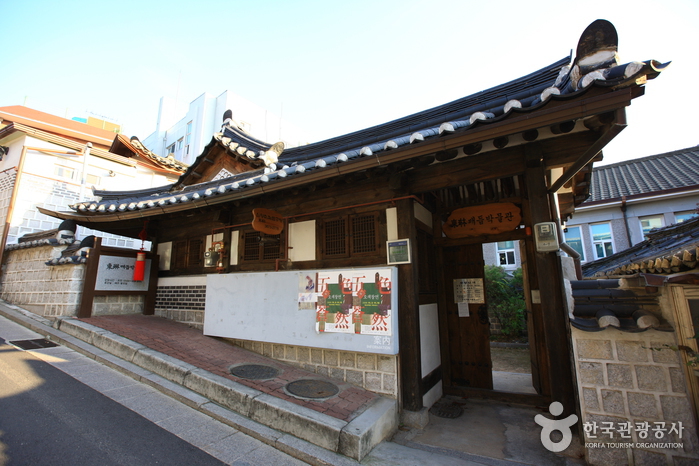
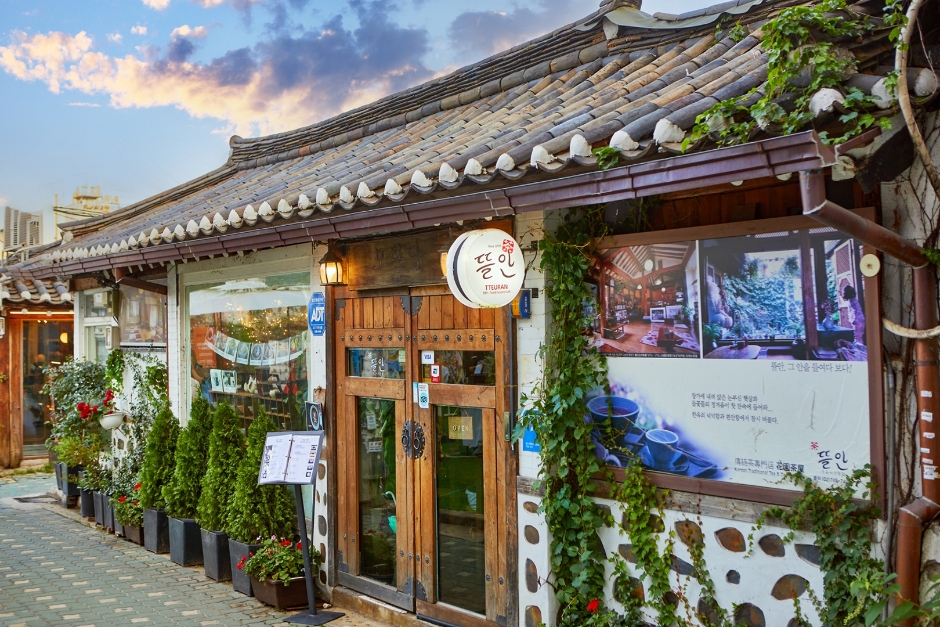
 English
English
 한국어
한국어 日本語
日本語 中文(简体)
中文(简体) Deutsch
Deutsch Français
Français Español
Español Русский
Русский